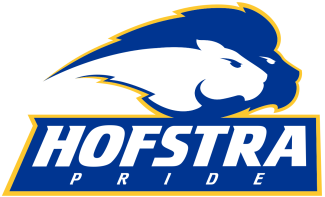Through eight games, Hampden-Sydney has the highest man-up success rate in all of college lacrosse — not just in Division III, but at any level.
The Tigers (6-2) are operating at a 68.6-percent clip, which is better than Penn State (65.2) in Division I and defending NCAA champion Merrimack (50.0) in Division II.
So, what’s the secret? Hampden-Sydney coach Jason Rostan, a former ODAC Player of the Year, said it all starts with having two coaches’ sons on the man-up unit. There’s senior attackman and leading scorer John Burke, whose father, also named John, coaches at St. Christopher’s in Richmond, Va. There’s also junior attackman Jack Hayden, whose father, John, coaches at Apex High School in North Carolina.
“We’ve got two coaches on the field almost with those guys,” Rostan said. “They’ve grown up around the game and are really smart players.”
The hard work comes, though, with developing two or three new plays for each game. Rostan admits it, too: If he likes what he sees from another team, he’ll integrate it into the Tigers’ repertoire, sometimes even naming the play after their mascot. That has them 15 plays deep and counting, trying to catch teams off guard.
“Our plays aren't motions or tweaks off our 3-3 or something like that,” Rostan said. “We really try to come up with some brand new stuff out of different formations and seals and flips and hidden-ball tricks. We’re always looking for something that we haven't shown at all.”
But there was some worry heading into 2019 about what the man-up unit would look like, aside from Burke and Hayden. Hampden-Sydney has just 15 upperclassmen on its roster this year, as opposed to more than 40 underclassmen. Much of last year’s man-up group graduated after 2018, and Rostan worried the new faces meant he’d have to dial things back some.
Rather, it’s been quite the opposite — all without a playbook or too intricate of a play-calling system.
“We’ll take a half-hour in a practice with our six to eight man-up guys, hop on one end of the field, call out a play,” Rostan said. “We’ll rip through them. It seems like a lot, but the guys have gotten comfortable with it.”
In terms of his own man-up outlook, Rostan pointed to Ray Rostan, his father and former longtime Hampden-Sydney coach, and Denver coach Bill Tierney as inspirations.
Now the group’s biggest test yet of 2019 comes Saturday in an ODAC game against Washington and Lee. Hampden-Sydney has already lost to Christopher Newport and Cabrini, two other ranked teams, and knows the home game against A.J. Witherell and company will offer a barometer of sorts.
However it goes, the Tigers are bound to throw a few new man-up plays their opponent’s way.
“This will be a great one,” Rostan said. “We’ve got a lot of respect for W&L and a lot of people understandably see them as the top team in the league. We couldn’t be more excited to take a run at these guys.”


























































